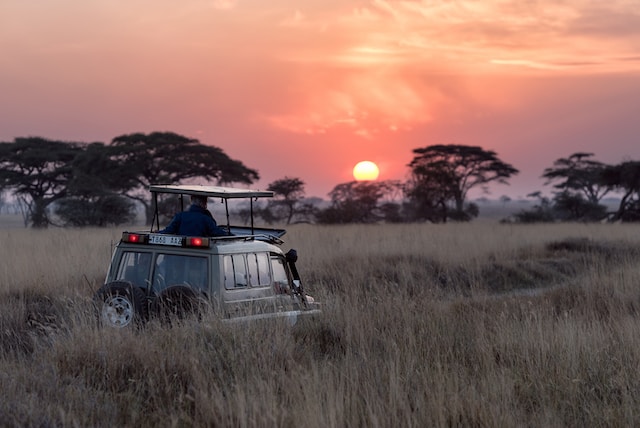
As I sit here, gazing out over the lush green landscape, I can’t help but feel grateful for the opportunity to experience this majestic place. I’m here in the heart of a wildlife sanctuary, where animals roam free and are respected for the amazing creatures they are. But not all tourists are so fortunate in their travels. In fact, many unknowingly contribute to the exploitation and abuse of animals all over the world.
It’s a sad reality that animal rights violations are rampant in the tourism industry. From riding elephants forced to endure long hours of work in harsh conditions to posing for pictures with drugged tigers, tourists unknowingly perpetuate cruelty towards animals. It’s easy to fall into the trap of enjoying these “photo opportunities” without considering the cost to the animals involved.
Animal welfare issues in tourism
The tourism industry has been responsible for significant animal welfare issues across the globe. From the use of animals for entertainment to their exploitation for commercial gain, many tour operators and businesses have perpetuated the cruel treatment of animals. These practices continue to cause immense suffering to animals, putting their health and well-being at risk.
Elephants for rides
One of the most prevalent examples of animal welfare issues in tourism is the use of elephants for entertainment. Many tourists ride elephants, who are often forced to work long hours in the blazing heat without rest or water. These majestic animals are often subjected to cruel treatment, including beatings and other forms of physical abuse.
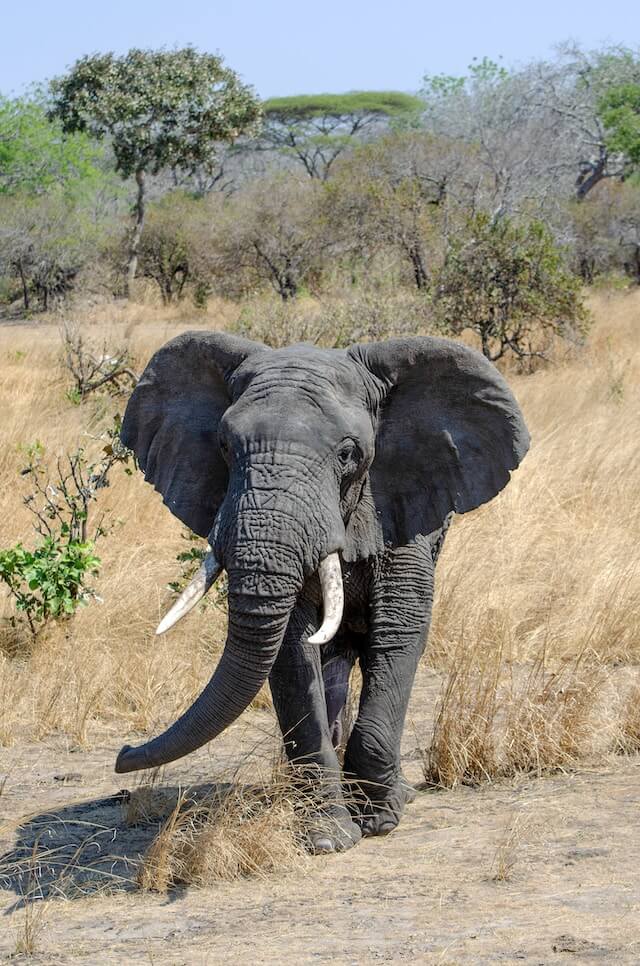
Animals in performing shows
Similarly, the use of animals in circuses and other performing shows is another example of the unethical treatment of animals in the tourism industry. Animals are often forced to perform unnatural tricks and stunts, which can result in physical and psychological distress. Tigers, lions, and other big cats are often drugged so that tourists can take pictures with them, which is both dangerous and cruel.
Animals as medicine or food
Another issue prevalent in the tourism industry is the use of animals for traditional medicine and food. In some countries, animals are used to make medicines and elixirs that are believed to have healing properties. In other regions, exotic animals are breaded and slaughtered for their meat. These practices ignore the basic rights and needs of animals and often cause severe suffering.
Ethical alternatives
The truth is, there are ethical ways to engage with animals while traveling. Sanctuaries like the one I’m in now, where animals are not used for entertainment or forced to perform, are safe havens for creatures who need our respect and protection. I’ve had the privilege of observing these animals in their natural habitat, learning about their behaviors, and appreciating their beauty.
As travelers, we have the power to choose how we interact with animals while on vacation. It’s our responsibility to support ethical tourism practices that put animal welfare first. By avoiding activities that contribute to animal suffering and instead seeking out ways to observe animals in their natural environments, we can make a positive difference in the world.
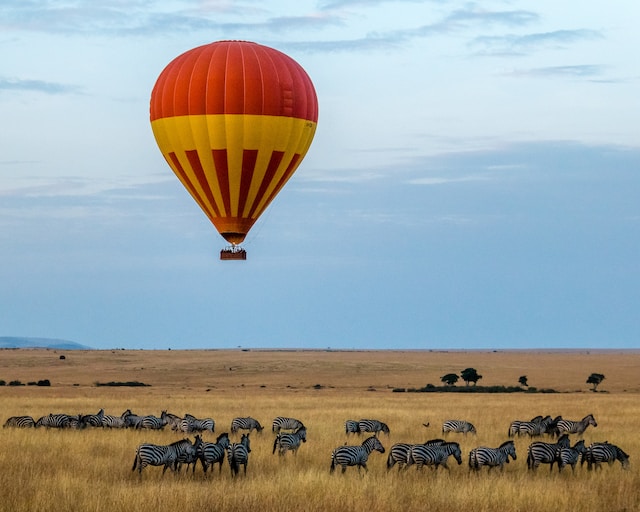
Ethical tourism provides a responsible and sustainable way to experience the world, where travelers can engage with local communities and appreciate the unique beauty of each destination without exploiting animals.
It’s essential to remember that the survival of many wild animals and their natural habitats depends on responsible and sustainable tourism.
How to support ethical tourism
There are many ways to support ethical tourism and animal rights when traveling. Here are a few examples:
1. Research before you go: Look for animal-friendly tourism activities and destinations. Read reviews and do some research to understand the practices of the tour operators, hotels, and attractions you plan to visit.
2. Avoid animal interactions: Refrain from taking part in activities that involve animal performances, such as riding elephants, taking photos with tigers, and attending animal circuses.
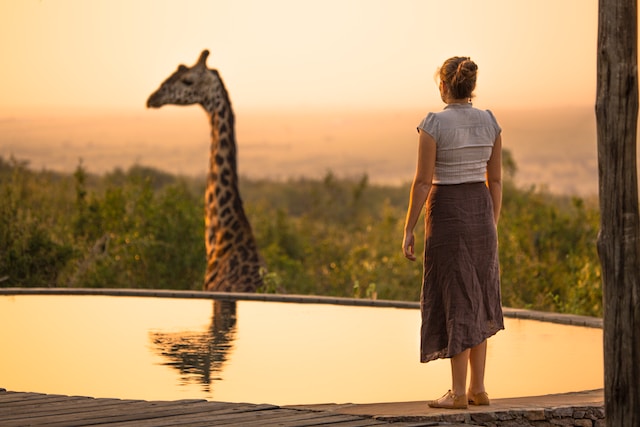
3. Visit animal sanctuaries: Visit sanctuaries that prioritize animal welfare and rehabilitation. These sanctuaries often provide opportunities to observe animals in their natural habitat without exploiting them.
4. Support conservation initiatives: Make a contribution to conservation projects that protect wildlife habitats and support local communities. Many tourism operators offer tours that include visits to these projects.
5. Choose eco-friendly accommodations: Choose hotels and accommodations that are eco-friendly and mindful of animal welfare. These accommodations often have policies in place to reduce their impact on the environment and support local conservation efforts.
6. Respect local wildlife: Observe and appreciate wildlife in their natural habitats, but do not attempt to touch or feed them. Follow local guidelines and be respectful of their environment.
A moral and ethical responsibility
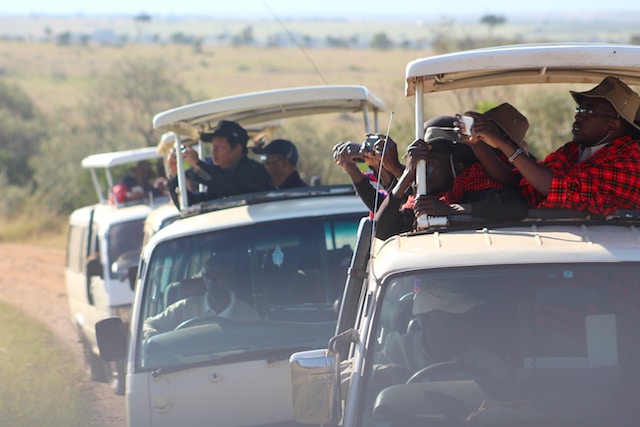
By supporting animal-friendly tourism, we create a ripple effect of positive change. Tourism that prioritizes animal welfare can create employment opportunities for local communities and support conservation initiatives. For example, responsible wildlife safaris provide funds for conservation projects and support local communities in protecting wildlife habitats.
As I continue to reflect on my experiences in this wildlife sanctuary, I can’t help but think about the essential role we all play in protecting animals and their habitats. Ethical tourism is not just about creating more animal-friendly practices but also about preserving ecosystems and promoting sustainability. As travelers, we have the power to impact the world positively, but we must take responsibility for our actions and choices. We must also acknowledge that change is possible; we can create a better future for animals and their habitats by supporting responsible tourism and ethical practices.